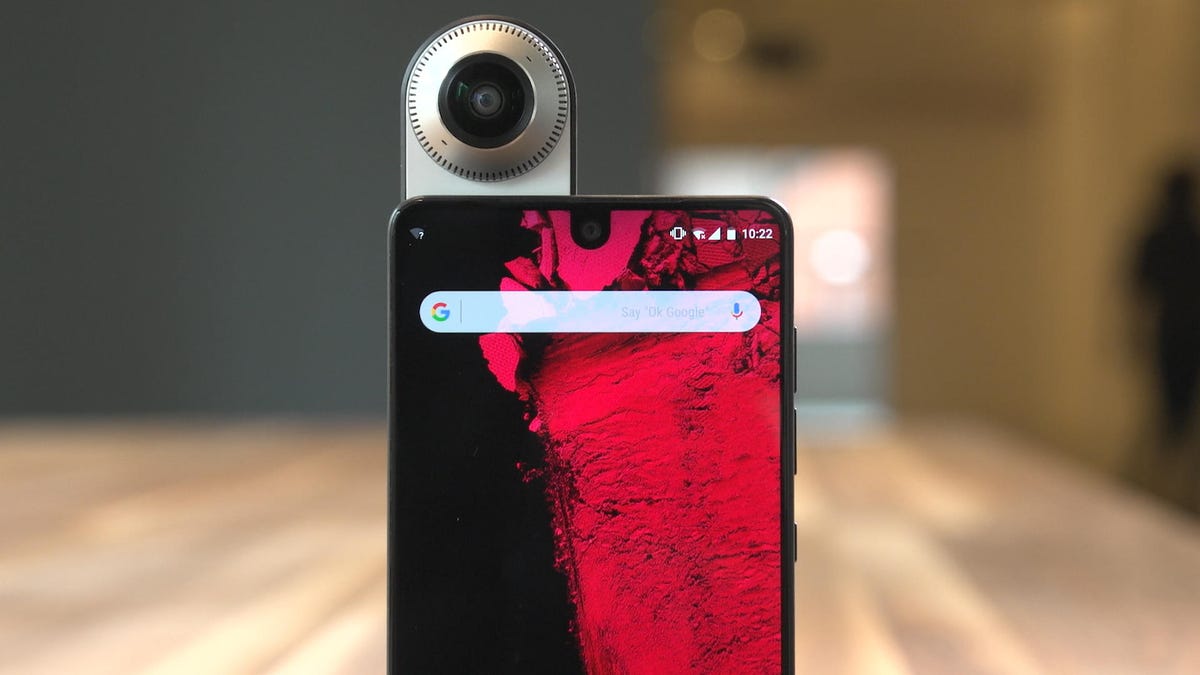
Here's how the Essential Phone was made
The Essential Phone is a newcomer with lofty ambitions: To help make modular phones robust and coveted.
Part of a larger project by Andy Rubin, who's widely known as the father of Android, the Essential Phone was fine tuned in a machine shop that's part of the company.
This is the machine shop where Essential's team made their own prototypes -- it's faster than farming it out and less prone to leaks.
Shells like these helped the company's engineers tweak everything from color to the way the components fit.
The Essential Phone has a titanium chassis, so Essential built test models from titanium slabs using an industrial 3D printer.
It may not look like much from the outside, but the 3D Systems ProX 350 uses a laser to melt layers of fine titanium powder that's spread over the plate.
It takes about a day to print the body of an Essential phone.
Titanium 3D printing can get very detailed.
Essential's machine shop also has a 3D printer for making plastic mockups...
For example: These 360-degree cameras, which (in their finished form) magnetically snap on to the Essential Phone.
They also use a milling machine to prototype parts like the magnetic connector that attaches the 360-degree camera to the phone.
Get a load of those metal shavings.
They can also machine parts out of plastic and glass, which won't create dangerous sparks.
Unlike the first one, this milling machine has 60 tools it can pull from, and the work table in the center moves on its axis while others remain static.
Many of the machines in the shop cost half a million dollars each, said Rick Becker, the machinist.
Essential made these mockups in-house to precisely tweak the fit of the magnetic connectors.
Essential isn't shy about sharing the missteps that went into the process of making its first phone.
A rack of body designs.
Essential isn't the only company to use the machine shop. It shares space -- and prototyping priority -- with other companies that are part of Rubin's product accelerator, Playground Global.
One last look at the Essential Phone etched into the titanium slab before being printed into a 3D metal model.


